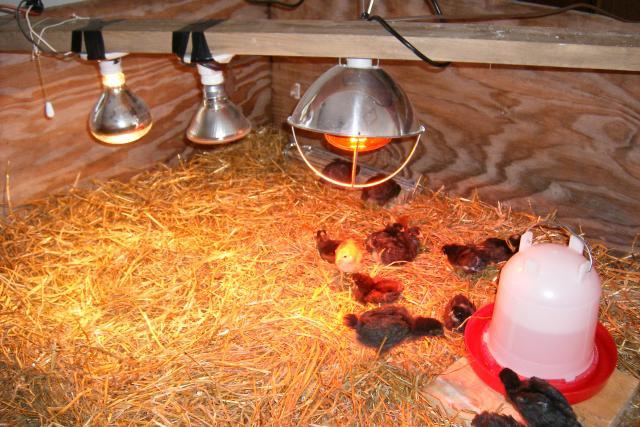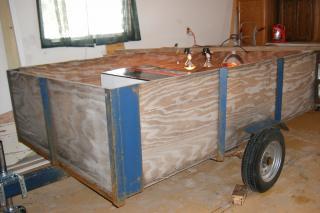- Jun 23, 2011
- 16
- 0
- 32
Okay, so we just got 16 baby chicks delivered to us this morning. They are unbelievably adorable but want to make sure we are taking proper care. They are currently in an extra-large dog crage with wire on the bottom (so they can't slip out), hay, some old soft towels and the requisite feeder and waterer. For heat we have a 100 watt red light --- and an old comforter covering part of the crate. The house gets down to 60 degrees at the moment -- how warm do they need to stay and for how long? when can we put them in the garage (no heat, no light, 40's at night currently - we are in the north east). Also, they do seem to be huddling around the lamp for now -- should we watch them to make sure they don't smother each other? so happy but so nervous!!! Thank you!





